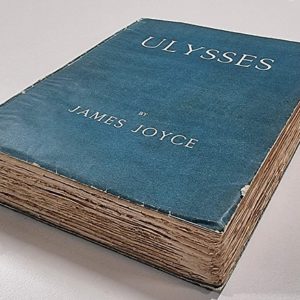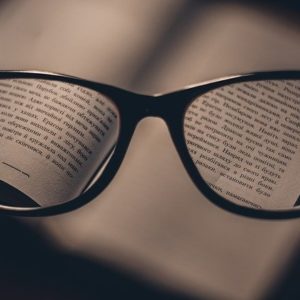
Bloomsday: How Ulysses Changes How We Read
James Joyce’s Ulysses is, famously, a difficult book. In grad school my professor introduced the novel by saying that most people who start reading Ulysses never finish it. Most of them, he said, won’t make it past the first paragraph of Episode 3. I’ve no idea what he said next, because I immediately turned to “Proteus” to see what was in store.




